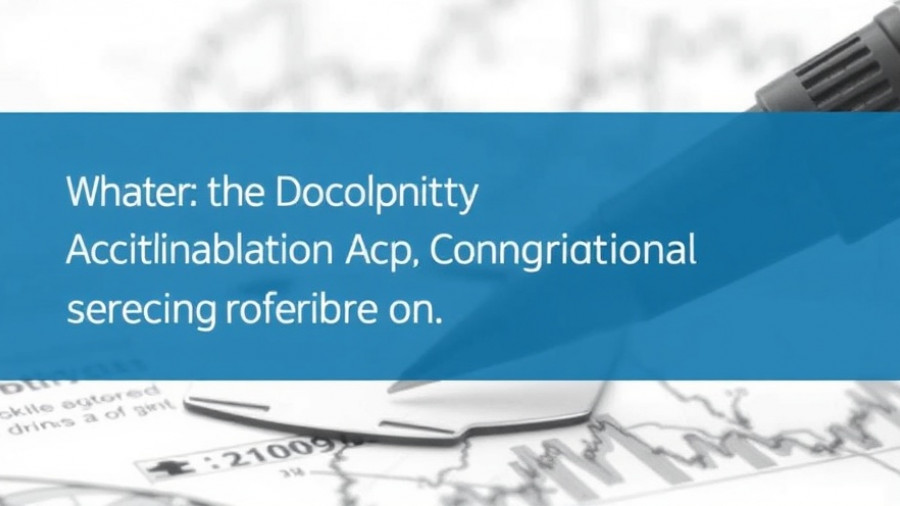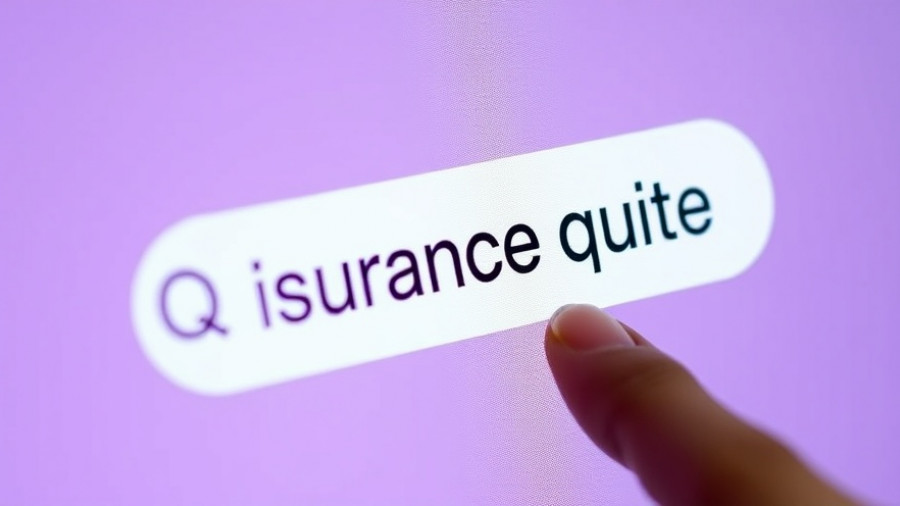
The Economic Case for Disaster Resilience Investments
When it comes to preparing for natural disasters, the economic benefits far outweigh the costs. Recent research reveals that for every dollar spent on disaster resilience, communities can save up to $33 in averted economic losses. This staggering finding emphasizes the importance of preemptive measures in the face of increasingly frequent and severe events, such as hurricanes, wildfires, and floods. The U.S. Chamber of Commerce outlines the necessity for investment in resilience to safeguard not only lives but the livelihoods of community members.
What Resilience Looks Like in Action
Each year the U.S. faces more than 18 billion-dollar disasters, adding to an alarming trend of increasing severity and frequency. This necessitates a shift towards more robust disaster preparedness and resilience planning. High resilience investments could potentially save the economy billions in GDP losses within hurricane-prone regions, which often suffer extensive damage to housing and employment. The research notes that proactive measures—ranging from improved infrastructure to community education—can yield significant benefits, such as avoiding vast job losses and economic disruptions.
Strategies for Local Preparedness
Local leaders have a vital role in crafting a resilient community. They can undertake several actionable strategies to improve disaster preparedness. For example, risk-informed design involves updating building codes to align with risk data, ensuring that new constructions can withstand natural disasters. Enhanced public engagement through awareness campaigns can mobilize community members, making them proactive participants in disaster readiness.
Understanding the Broader Implications of Preparedness
Disaster preparedness is more than just resource allocation; it's an economic strategy. Investments in resilience bolster community economies, encouraging job retention and safeguarding essential services. The interconnectedness of preparedness and economic stability reinforces the argument that safeguarding communities against future disasters must be prioritized by both public and private sectors.
Moving Forward: The Call for Collaboration
Consolidating efforts across various sectors is vital for effective disaster readiness. The collaboration between different entities—government, non-profits, businesses, and community members—can create comprehensive resilience strategies that maximize benefits for all. Such partnerships are not just beneficial; they are essential for navigating the complex challenges ahead.
Why South Carolinians Should Pay Attention
For residents of South Carolina, understanding the implications of disaster resilience investments is especially pertinent. Given the state’s vulnerability to severe storms and flooding, enhancing preparedness measures not only protects property but ensures community stability. By leveraging insights from resilience funding, individuals can better comprehend the necessity of smart insurance coverage and protective measures against natural disasters.
In light of these findings, it's clear that investing in resilience is an economically savvy choice—which, in turn, encourages South Carolina residents to reassess their insurance needs and consider how proper coverage can safeguard them against potential losses.
 Add Row
Add Row  Add
Add 




Write A Comment